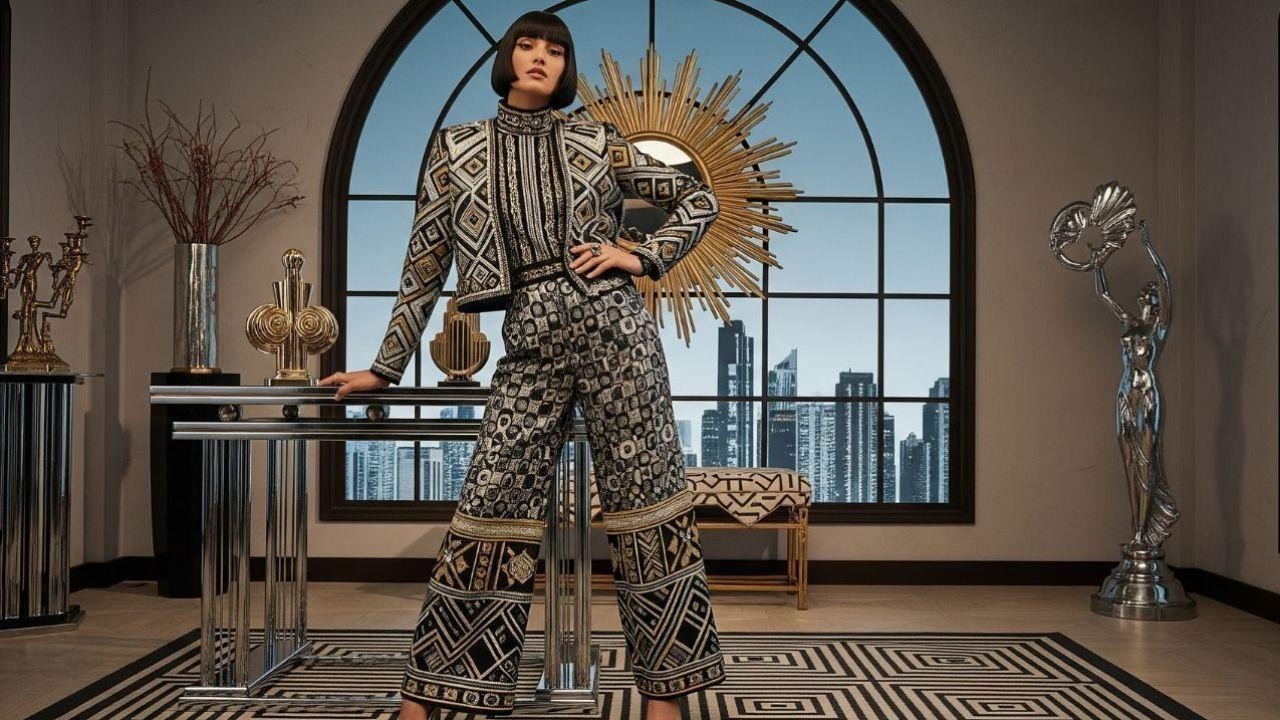
Author : Mukesh Kumar
Fashion is not just about wearing clothes. It’s a way people show their style, their ideas, and even their feelings. But when we talk about fashion brands, we are also talking about something bigger — their name, their message, and how people remember them.
Every fashion brand wants to be special and stand out from the rest. But how do they do that? How does a brand become more than just clothes? Let’s find out how fashion brands build their identity step by step.
Every good fashion brand starts with a clear idea — what they believe in and who they are trying to reach. This purpose guides everything the brand does, from the clothes they make to how they talk to customers.
For example:
Nike stands for sports, energy, and motivation.
Gucci is all about luxury and bold fashion.
FabIndia focuses on Indian culture and handmade crafts.
When a brand knows its purpose, it becomes easier for people to connect with it.
A brand’s name and logo are the first things people see. These should be simple and easy to remember. They should also show what the brand stands for.
For example:
Chanel’s logo has two linked "C" letters. It looks classy and elegant.
Zara uses clean, modern letters, showing that it’s trendy and fast-moving.
Fenty, created by singer Rihanna, uses her name to make a bold, personal brand.
A good logo helps people recognize the brand without even reading the name.
A strong brand always looks and feels the same, whether you see it in a store, on a website, or on social media. This is called being “consistent.”
This includes:
The colors they use
The fabrics they choose
How they design clothes
The way they pack and present products
How their photos and videos look
For example, Sabyasachi is known for its royal and traditional Indian wedding wear. When you see rich colors, heavy embroidery, and old-style designs, you can guess it’s Sabyasachi — even without checking the label.
Behind every great brand, there is a story. People love to know where the brand came from, who started it, and what ideas are behind the clothes.
Some brands talk about:
How the founder started the business
The reason behind a collection or design
The culture or people that inspired their style
Many eco-friendly brands also talk about how they make clothes in a clean, safe, and fair way — and who makes them. This makes people feel good about buying their products.
One of the best ways to get noticed is by getting celebrities or social media stars to wear your brand. When famous people support a brand, it becomes more trusted and popular.
For example:
Rihanna’s Fenty brand shows confidence and supports all skin tones and body types.
Adidas worked with rapper Kanye West to make the Yeezy shoes.
Dior partnered with Jisoo from K-pop group Blackpink to attract young fans.
These partnerships help brands become more popular and reach more people.
A good brand doesn’t just sell clothes. It makes shopping feel like a special experience. From the store’s look to the way the product is packed, every small thing matters.
Customer experience includes:
How the store looks and feels
How easy it is to shop on the website
How nicely the product is packed
What happens after you buy something (like customer care)
The excitement of opening the package (called “unboxing”)
Luxury brands like Hermès and Tiffany & Co. often add small details like ribbons, boxes, or personal notes that make customers feel valued.
Today’s buyers want more than just fashion — they want brands to care about real-world issues. This includes things like saving the environment, supporting women, standing up for equality, and helping local communities.
For example:
Levi’s asks customers to buy fewer clothes and wear them longer to reduce waste.
H&M lets customers bring back old clothes to recycle.
Benetton is known for talking about social issues in its ads.
When brands take action, they build trust and show they stand for more than just selling.
Some fashion brands want to be big around the world, while others focus only on their local culture. Both ways can work if done with care.
Zara is a global brand. It follows fashion trends from different countries and quickly makes clothes to match those styles.
Raw Mango, an Indian brand, uses traditional fabrics like silk and cotton and brings old designs into modern fashion.
The key is that both brands stay true to who they are — whether they go global or keep it local.
Today, most people discover fashion brands online. That’s why brands need to have a strong digital presence. This includes:
Instagram posts and reels
TikTok videos
Fashion blogs or lookbooks
Newsletters sent by email
Online tools where you can “try on” clothes virtually
A brand’s social media page often gives the first impression. If the feed looks stylish and tells a story, more people will follow, share, and buy.
Fashion is not only about wearing something nice. It’s about what the brand stands for, how it makes you feel, and what message it shares with the world.
Building a strong brand identity means more than just having a pretty logo. It’s about having a clear purpose, keeping a unique style, treating customers well, and standing up for good values.
The fashion world is full of choices. But the brands that stay honest, consistent, and meaningful are the ones people remember — and trust.
The views and opinions expressed in this article are for informational purposes only and do not necessarily reflect the official policy or position of DXB News Network. Readers are encouraged to conduct their own research or seek professional advice before making any business or fashion-related decisions.
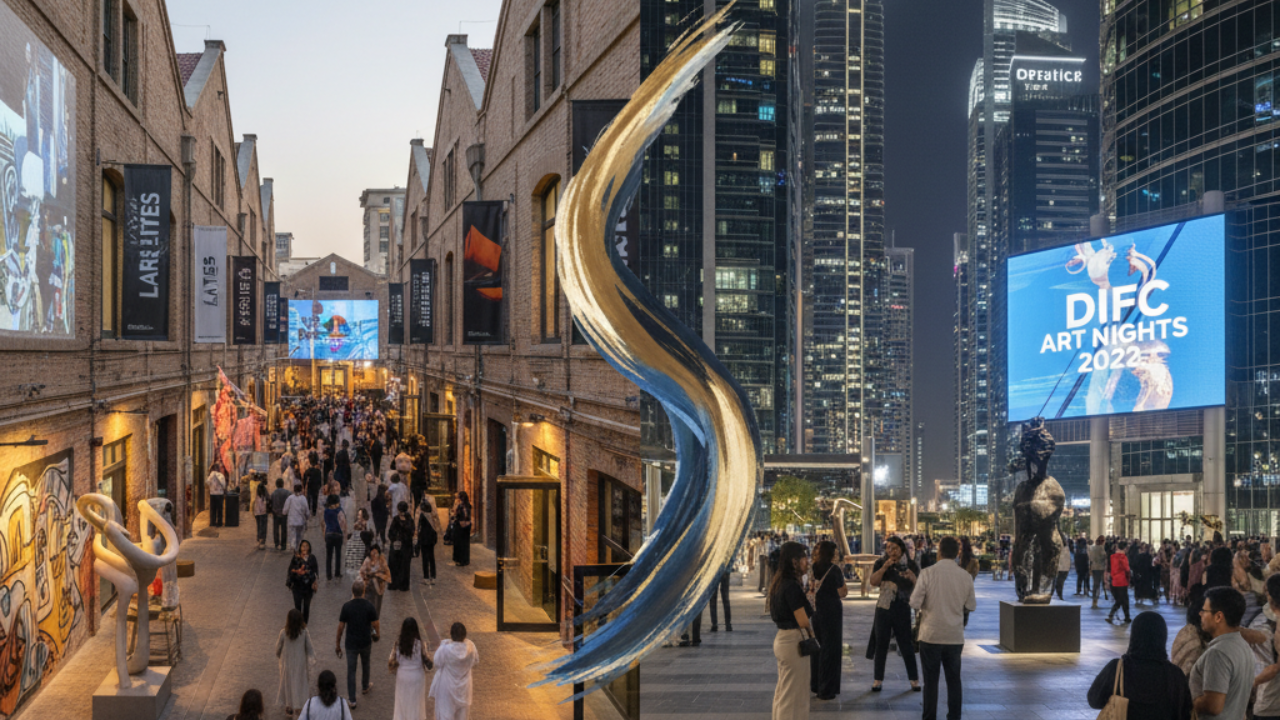
Explore Dubai’s Vibrant Art Scene: Galleries, Exhibitions and Cultural Nights 2025
Discover top art galleries in Dubai 2025, from Alserkal Avenue to DIFC Art Nights, featuring exhibit

Preserving Tradition: Arabic Language and Calligraphy in the UAE
Explore how the UAE preserves Arabic language and calligraphy through education, museums, art exhibi

Experience Art and Performance: UAE’s Top Cultural Venues in 2025
Explore UAE’s top theatre, opera and performing arts venues in 2025 with shows, events, cultural exp

Savor Tradition: Emirati Food and Culture Every Expat Should Experience
Discover traditional Emirati food and culture in 2025. From harees and machboos to falconry and hosp

Discover UAE’s Pearl Diving and Bedouin Heritage: History and Stories 2025
Explore UAE’s pearl diving and Bedouin heritage with stories, traditions, cultural experiences and h
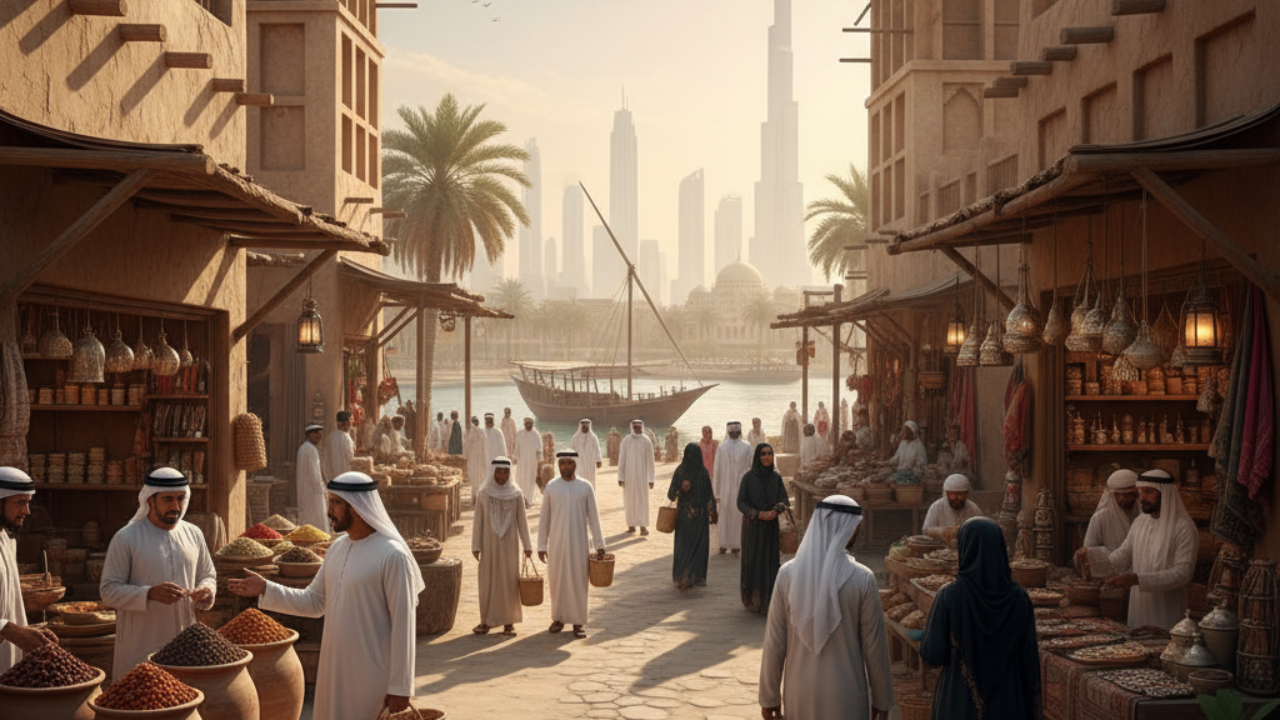
Experience Tradition and Culture: Heritage Villages and Souks in 2025
Explore Dubai and Sharjah heritage villages and traditional souks with our complete guide to shoppin
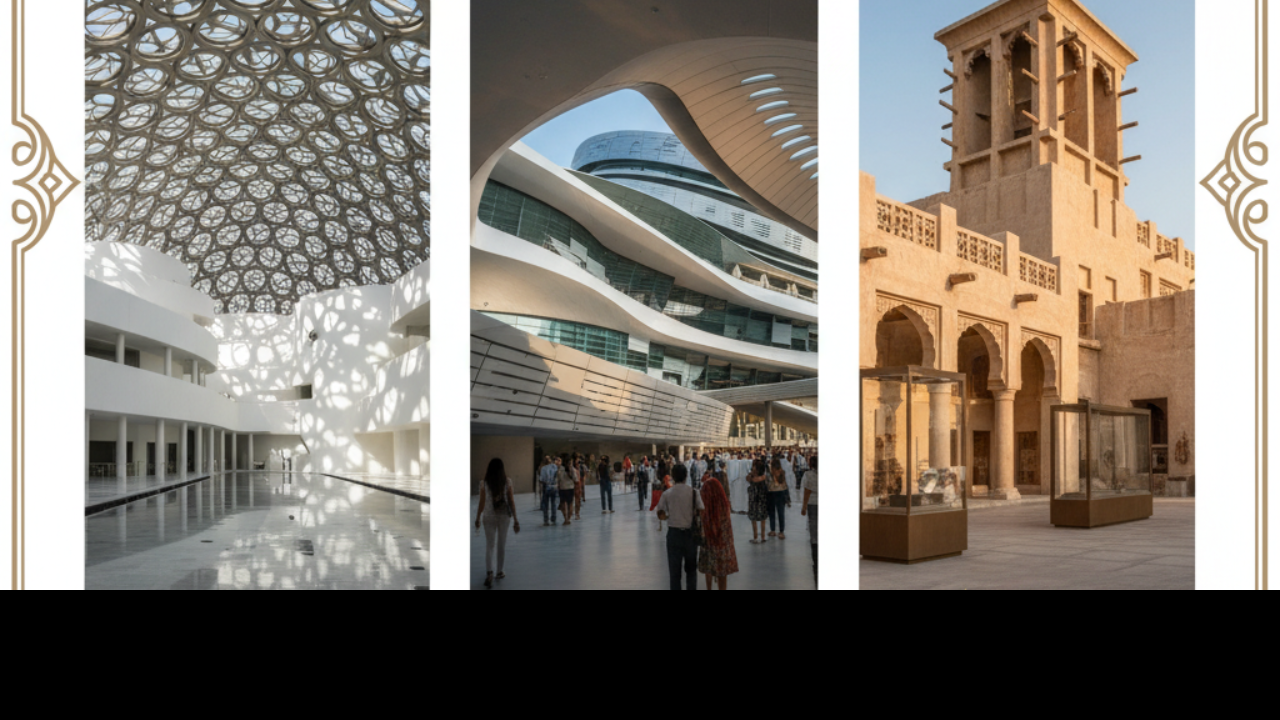
Discover UAE’s Finest Museums: Art, History & Cultural Treasures 2025
Explore the best museums in UAE 2025 including Louvre Abu Dhabi, Dubai Museum and Sharjah Arts Found

Skin Microbiome Secrets to Healthy and Balanced Skin
Explore the skin microbiome its role in skin health and simple ways to keep your skin balanced healt

Sarcopenia How Aging Steals Muscle and Ways to Stay Strong
Discover sarcopenia the silent muscle loss with age its signs causes and simple ways to stay strong
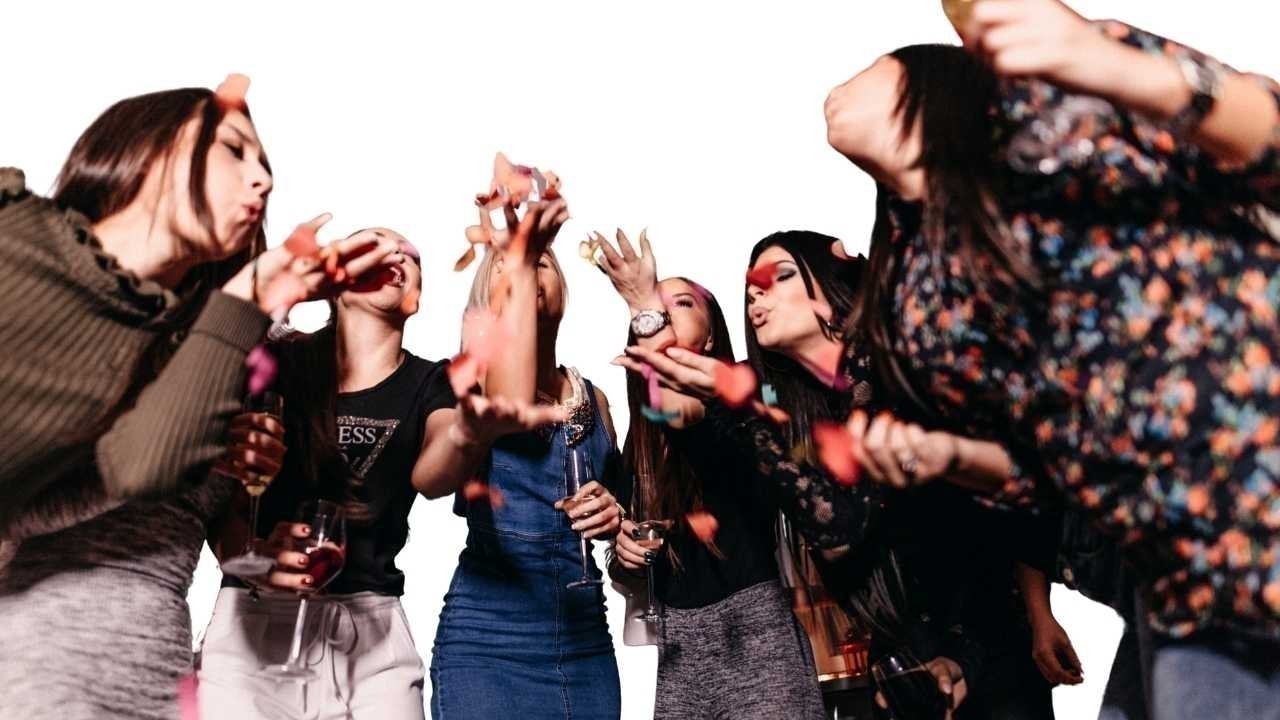
Cultural Appropriation vs Appreciation Respecting Global Traditions
Learn the difference between cultural appropriation and appreciation to respect traditions and celeb

Uniform and Rebellion How Personal Identity Thrives Within Rules
Explore how uniforms shape identity and spark subtle rebellion blending conformity with personal exp
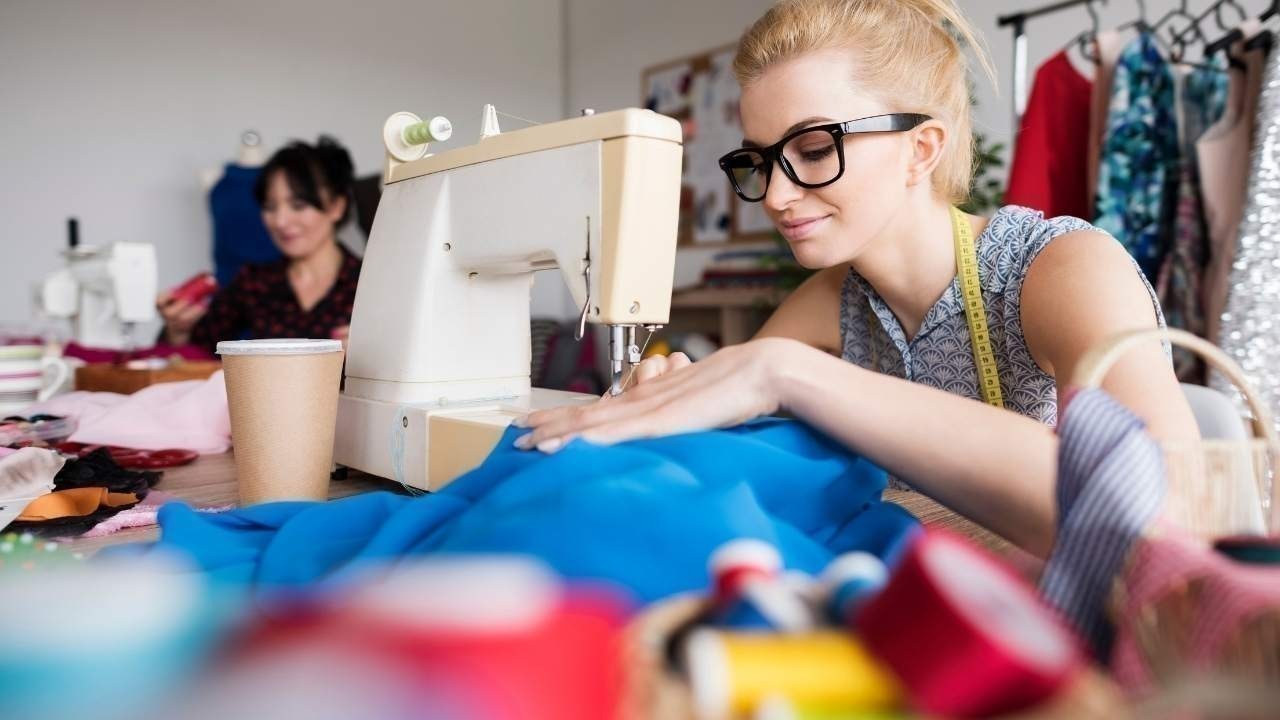
The Unseen Labor Behind Fashion Inside the Secret Stitch
Discover the hidden world of fashion labor and the secret stitch behind every garment Honor the hand

Digital Couture The Future of Fashion in a Virtual World
Explore Digital Couture virtual fashion creative designs eco friendly trends and how technology is s

Fast Fashion Mental Cost How Clothes Affect Your Mind & Mood
Discover how fast fashion affects your mind from trend pressure to social comparison and learn ways

The Solaya Project 234 Ultra Luxury Beachfront Homes in Jumeirah 1
Experience The Solaya Project in Jumeirah 1 with 234 luxury beachfront homes world class amenities a